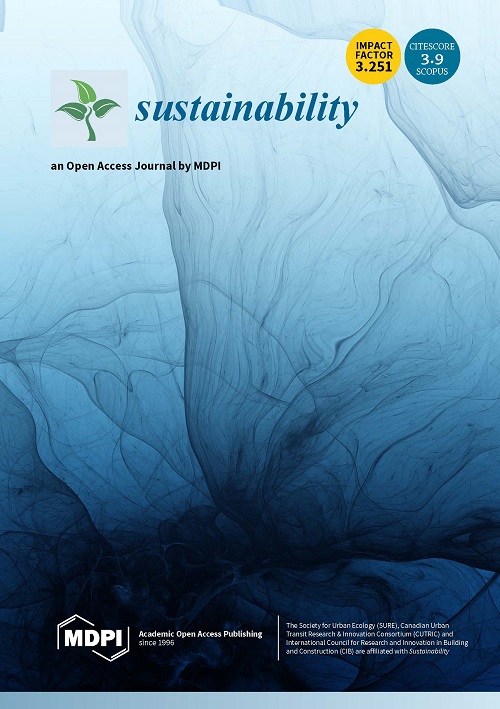Productivity of maize (Zea mays L.) is curtailed by a number of stress factors, predominantly by diseases and insect pests. The Northern leaf blight disease of maize caused by Exserohilum turcicum (Pass.) Leonard and Suggs inflict significant yield losses in the humid tropical regions. The objectives of this study were to determine the leaf blight response of 50 elite maize inbred lines developed for the mid-altitude, sub-humid tropics and to select promising parents for resistance breeding. Inbred lines were evaluated in the feld using a 5 × 10 alpha lattice design with three replications. Plants were artificially inoculated at the 4-6 leaf stages during 2011 and 2012. Data on disease severity and incidence, AUDPC and yields were recorded. Inbred lines had significant differences for E. turcicum reactions, and were classified into resistant, intermediate or susceptible categories. The mean disease severity ranged from 2.04% for the inbred line 136-a to 3.25% (Kuleni-C1-101-1-1-1). The upper leaf area infection of inbred lines 143-5-I and 136-a was 3.3%, while the line Kuleni-C1-101-1-1-1 displayed 100% infection. Further, 136-a developed the lowest AUDPC score at 238, whereas Kuleni-C1-101-1-1-1 had the maximum at 700. Overall, inbred lines CML202, 144-7-b, 139-5-j, 136-a, 30H83-7-1-1-1-2-1, ILoo'E-1-9-1-1-1-1-1 and 142-1-e, were identified as promising sources of resistance against E. turcicum. The selected elite inbred lines would be recommended for use in general varietal development, disease management and to enhance maize productivity, in the mid-altitude sub-humid tropics. © 2016 Akadémiai Kiadó, Budapest.
DOI:
https://doi.org/10.1556/0806.43.2015.037
Altmetric score:
Dimensions Citation Count:
























